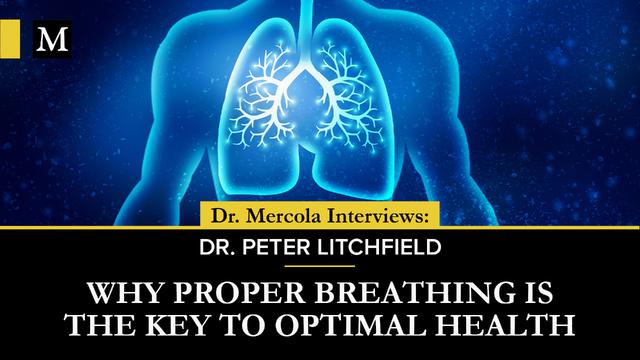If any of you can suggest a few things I could do to improve the situation, I would really appreciate it.
Apart from reading that thread about sleep paralysis, I was wondering if perhaps it would be good to find someone who provides Neurofeedback in your area and go through some sessions. The best type is NeurOptimal, you can find a thread about it here (if you haven't seen it):

NeuroFeedback, NeurOptimal and Electroencephalography
NeuroFeedback During the SOTT talk radio broadcast on Sunday 3rd November 2013 Nora Gedgaudas talked a lot about a science for training the human mind called NeuroFeedback. In this article I shall attempt to deliver a very concise description of this science. The medical science in depth is...


